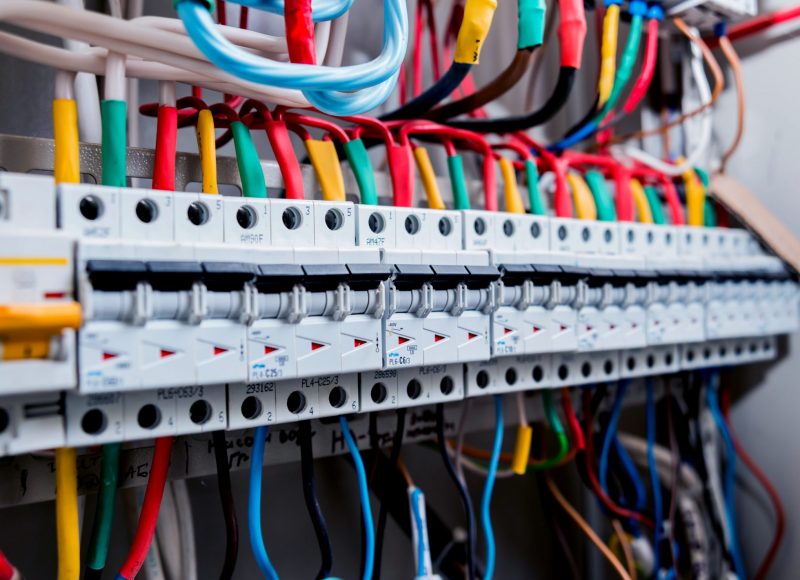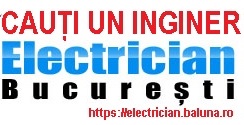About 17th Edition Wiring Regulations
The Regulations themselves purely outline a standard by which all electrical installations, using mains generated electricity, are installed in domestic and commercial environments. The Wiring Regulations are co-published by the IEE and BSI (British Standards Institution) with the IEE taking on the role as the authority on electrical Installation.
The Wiring Regulations are designed primarily to keep both the public, electricians and building safe from harm of any kind which could be associated with electrical wiring and it’s connection through electrical circuits.
The History of the IEE Wiring Regulations
In 1882, the first edition of the wiring regulations (The Regs) was published as a guidance structure for preventing fires which were caused by electric lighting, a problem which was prolific in the late 1800s as people latched on to this new form of lighting.
The first electric light was actually made by Humphrey Davy in 1800 but the filament burned out very quickly and subsequent inventors and scientists embarked on the search for a filament that would glow without burning.
In 1879 Thomas Edison discovered that passing a current through a carbon filament held in an oxygen free glass bulb, would glow for over 40 hours without burning. He worked on this design for the next few years producing, in 1881, a bulb which would glow bright for over 1500 hours.
Throughout this time however, less robust bulbs and burning filaments were responsible for a great deal of fires as the unattended, burning filaments fell onto flammable items. The Wiring Regulations were born only at that time and they were referred to as rules.
In 1897 the 3rd Edition was published and they were called “General Rules recommended for Wiring the Supply of Electrical Energy”.
Electric cables were now being installed to carry electrical current to all parts of the house. These cables could easily overheat, causing fires, and this added to the problem caused by the low grade lighting filaments.
The Wiring Rules became the Wiring Regulations in 1903 when the IEE (institute of Electrical Engineers) had become recognised as an authority after being founded in 1871 and then changing their name from The Society of Telegraph Engineers and Electricians in 1889. In 1921 the IEE was incorporated by Royal Charter.
History of Editions of Wiring Regulations
| 1st Edition | 1882 | The Wiring Rules |
| 2nd | 1888 | The Wiring Rules |
| 3rd | 1897 | General Rules recommended for Wiring for the Supply of Electrical Energy |
| 4th | 1903 | IEE now responsible for Wiring rules |
| 5th | 1907 | Changed to IEE Wiring Regulations |
| 6th | 1911 | |
| 7th | 1916 | |
| 8th | 1924 | Changed to IEE Regulations for the Electrical Equipment of Buildings |
| 9th | 1927 | |
| 10th | 1934 | |
| 11th | 1939 | Revised in 1943, reprint with minor amendments in 1945, supplement in 1946, further revised in 1948 |
| 12th | 1950 | Supplement issued 1954 |
| 13th | 1955 | Reprinted in 1958, 1961, 1962, 1964 |
| 14th | 1966 | Reprinted in 1968, 1969, 1969 again (metric units 1970 (in metric units), 1972, 1973, 1974, 1976 |
| 15th | 1981 | Various reprints until 1988 |
| 16th | 1991 | Reprinted with amendments 1992, 1994, 1997, 2000, 2001, 2004 |
| British Standard adopted | 1992 | BS 7671 |
| Brought into Building Regulations | 2004 | Part P was born. See our separate project on Part P |
| 17th Edition | 2004 | current standard as of April 2015. See notes below |
What is BS7671
BS7671 (The IEE Wiring Regulations) are the national standard to which all domestic and industrial wiring must conform. The 17th edition contains substantial changes to align with European documents.
What is the British Standards Institute
The British Standards Institute (founded 1901 as the Engineering Standards Committee) was set up to provide a standard (an agreed way of doing something). For a full explanation of standards and what they can be defined as can be found here on the BSI website.
“Providing a realisable basis for people to share the same expectations about a product or service while enhancing consumer protection and confidence” – The BSI Group Ltd
When working to British Standards, organisations are expected to use a quality management standard, health and safety standards, security standards, construction and energy standards as well as the standards that apply in their own industry.
British Standards are guidelines only, they are not enforceable by law, however individual organisations can insist that any products or services supplied comply with all recommendations contained in any given British Standard. This is certainly the case with the Electrical Regulations and BS7671.

